Karachista: Fashion loses touch with its roots
Headline designers need to channel more of their creativity into Eastern outfits.
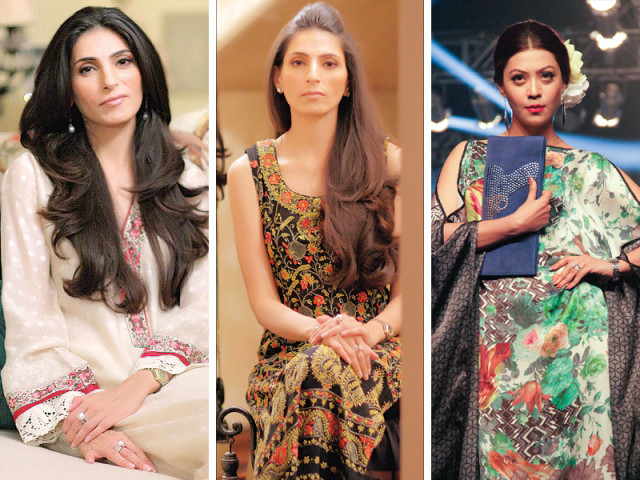
Headline designers need to channel more of their creativity into Eastern outfits.
On the lookout for a traditional luxury pret outfit? Finding something exceptional might be tougher than you’d expect.
With our headline designers concentrating on Western and fusion pret, finding the perfect traditional jora in the luxury pret range can be a challenge. Earlier this year, some of our top designers showcased their pret collections at Fashion Pakistan Week and PFDC Sunsilk Fashion Week. There was some fabulous cutting-edge fashion on display but a disproportionate amount of it was Western or fusion. Eastern wear needs the shake-up of cuts and concepts and redefinition of silhouettes and techniques that creative designers can spearhead. It’s an area that too many of our best designers are neglecting.

Fashion weeks are about showcasing concepts and innovation. Catwalk clothes aren’t traditionally wearable, in particular, and nor should they be. Designers these days are smart about morphing catwalk concepts into wearable tunics. You can pick up kameezes based on Deepak Perwani’s Freida collection or Sania Maskatiya’s Aghaaz collection in their stores now. You can also pick up an interesting range of fusion pret in a variety of cuts and styles.
However, while digitally-printed tunics, capes and jumpsuits are fabulous, versatile and modern, they aren’t appropriate for every occasion. Sometimes, you need a more traditional pret outfit — be it for a conservative family Eid lunch, a milaad or a posh tea party. For the most part, traditional outfits have taken a back seat in designers’ repertoire, and it’s a deficiency that customers have started to notice.
A couple of seasons ago, designers were offering more interesting Eastern luxury pret. They were experimenting with embroideries and embellishments. With only some trendsetters focusing on digital prints and silhouettes earlier, suddenly it seems as if everyone is focusing on putting out ‘their take’ on digital prints. Some of this is undoubtedly demand led. Customers have responded to the freshness of vision of designers like Sania Maskatiya and do want to experiment with print and style — but not to the exclusion of everything else.
Part of the shift away from using embroidery as an embellishment was due to the flood of mass-produced machine embroidery in the market. The beautiful paisleys and borders that looked so appealing at first, quickly became passé. Designers and customers wanted something that looked fresher. Now, however, we seem to have gone too far in the other direction. Style-conscious women, who are looking for Eastern embroidered outfits, have to look far and wide.
Deepak and Sania do, however, cater to those customers looking for more conventional outfits. You can find pretty embroidered outfits at both of their outlets along with funkier ones too. Customers may yearn for more of Sania’s earlier detailed embroideries, but since she is constantly innovating, it seems churlish to complain. Nida Azwer is another designer whose creativity continues to impress but whose customers miss her earlier traditional work in the pret line. HSY too, used to offer more variety in his luxury pret range but recently, everything that is available seems more suited to weddings.
Meanwhile, there are other options. SanaSafinaz offer a luxury, embroidered range of kameezes as well as Western and fusion outfits. Layla Chatoor’s luxury pret is exquisitely detailed and always includes a wide range of versatile traditional outfits. Designers like Farida Hassan have continued to innovate with respect to Eastern outfits. Her recent silk net collection used single resham embroidery and French knots in elegant, wearable outfits. Farah Talib Aziz similarly has continued to focus on ethnic techniques for her chic luxury pret.
We have some fabulous indigenous embroideries and techniques. Walk into Kehkashan market in Clifton and you will see kaarigars offering single resham ka taanka, aar work, marori-work and much more. Why aren’t more of our designers incorporating these techniques into their work at present? Luxury pret doesn’t require the fully worked shirts that would make techniques like French knots prohibitively expensive. Women flock to high society events in Lucknowi chikan-kari but our Lahori chikan-kari is rarely seen. Ten years ago these same ladies would flock to exhibitions by Aanchal from Lahore, whose chikan-kari rivals anything we see from across the border.
If such exquisite work was available now, these self-same ladies would be buyers. Pakistan’s fashion industry is wonderfully vibrant at present. It’s important for our headline designers to channel more of their creativity into Eastern outfits. They are the ones who set trends. They are the ones that cottage industry designers draw on for inspiration. If we want to see more interesting Eastern wear on the racks of our many multi-designer stores, the stimulus has to come from our best designers.
------------------------------------------------------------------------------------------------------------------------------------------------
[poll id="1227"]
Published in The Express Tribune, September 30th, 2013.
Like Life & Style on Facebook, follow @ETLifeandStyle on Twitter for the latest in fashion, gossip and entertainment.

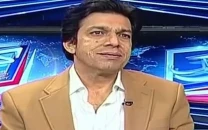
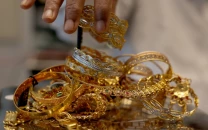
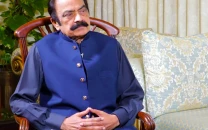

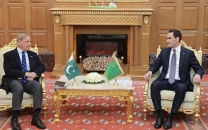













COMMENTS
Comments are moderated and generally will be posted if they are on-topic and not abusive.
For more information, please see our Comments FAQ